1) Executive summary
Probe wear on RTDs/thermocouples mainly comes from mechanical friction, particle erosion, installation errors, material/geometry mismatch, and vibration/corrosion at temperature. The cure is a mix of correct mounting, flow-aware placement, harder/armored materials, and disciplined inspection/replacement cycles.
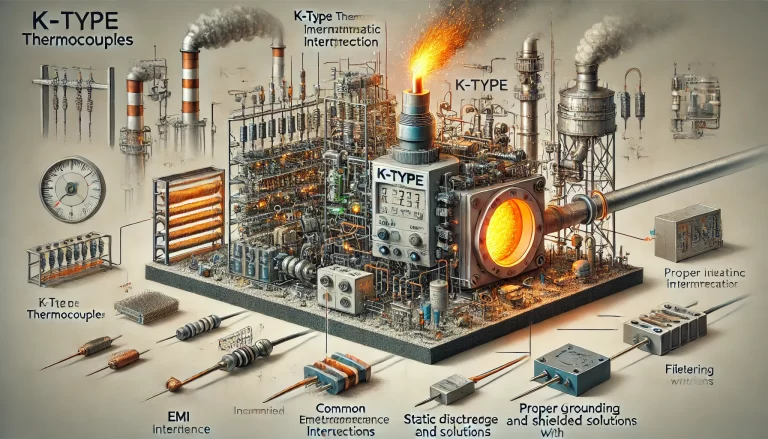
2) Primary wear mechanisms (what goes wrong)
Poor placement & fixing
Tip touching vessel bottom/pipe wall; too close to agitators/valves; loose supports → rubbing/impact wear.
Flow erosion / particle impingement
Two-phase flows (sand, dust, slurry) “sandblast” the sheath; even clean high-velocity steam/water can shear rough geometries.
Material & geometry limits
Low-hardness steels soften at temperature; non-streamlined shapes create local turbulence and accelerated attack.
Vibration, shock, corrosion-temperature synergy
Plant vibration/pulsation causes fretting; hot, corrosive service degrades strength and hardness, speeding wear.
Maintenance gaps
No periodic tightening/visual checks; parts run well past service life in abrasive duties.
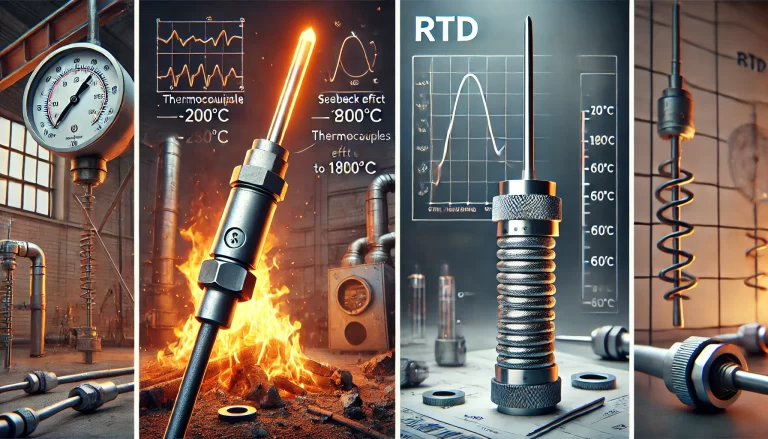
3) Countermeasures (what to change)
3.1 Mounting & placement
Choose calmer flow & safe geometry
Use straight runs rather than elbows/tees; keep clear of rotating/reciprocating parts.
Control insertion depth/angle
Typical ⅓–½ of pipe ID for immersion (avoid wall/bottom contact). Align with flow or use a slant insertion to reduce frontal impact.
Make it rigid—then damp it
Rigid brackets/flanges; add vibration isolators where pulsation is known. Tighten during rounds.
3.2 Tame the flow
Armor the sensor
Thermowell or protection tube for abrasive/high-velocity media; consider ceramic, hardmetal, or high-Cr irons.
Reduce local velocity
Diffusers/guide vanes or local diameter changes so velocity at the tip drops.
3.3 Pick tougher materials & better shapes
Material shortlist by duty
≤400 °C with particles: high-Cr stainless (e.g., 310S) or Ni-alloys (e.g., Inconel 600).
400 °C or severe abrasion: Alumina/SiC ceramics, WC-Co coatings, or cermets.
Geometry
Streamlined spherical/ogive/conical noses, chamfered edges, polished surfaces to cut turbulence.
Use replaceable-tip designs to lower lifecycle cost.
3.4 Maintenance discipline
Inspection cadence
Weekly/monthly: check tightness, probe straightness, visible grooving/pitting; verify wall thickness where possible.
Planned replacement
Abrasive services (mining/cement/steel): 3–6 months typical replacement window—adjust by history.
Record the service
Log velocity, solids loading, temperature to refine future selection.
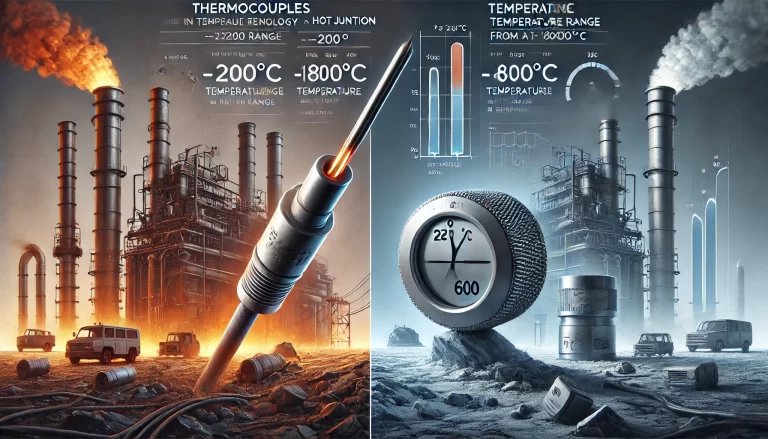
4) Quick on-site audit checklist (1-page use)
Mounting
Insertion depth = ⅓–½ ID; no tip contact with wall/bottom
Axis aligned with flow or slanted; not facing an elbow/valve seat
Rigid supports + vibration isolation where needed
Environment
Known solids/erosion? If yes → armored well/protection tube installed
Local velocity assessed/reduced at sensor location
Design
Nose shape streamlined; no sharp shoulders
Material matches temperature + abrasion class (310S/Inconel/ceramic/WC)
Maintenance
Last torque/retighten date
Visual wear map (grooves, pits) and thickness check
Replacement interval defined for abrasive duty (e.g., 3–6 mo)
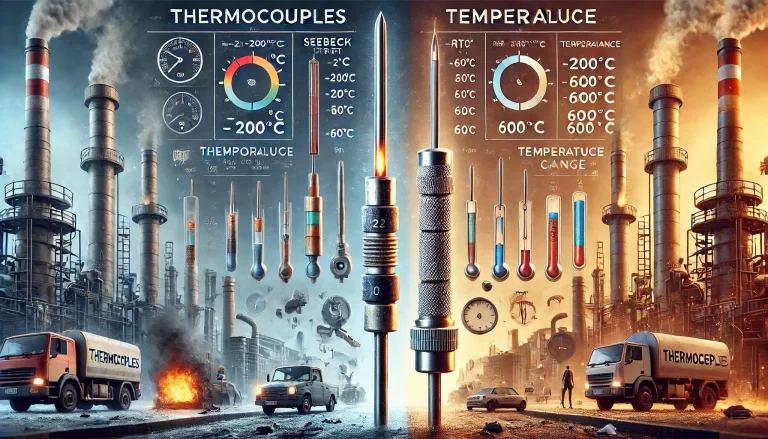
5) Selection quick guide (thumb rules)
| Service condition | Recommended protection | Sheath/base material | Tip shape |
|---|---|---|---|
| Clean liquid, moderate velocity | Standard thermowell | 316L/310S | Conical |
| Clean steam, high velocity | Heavy-duty well, increased wall | 310S/Inconel 600 | Ogive/conical |
| Slurry/sand-laden liquid | Ceramic or WC-lined well | Alumina/SiC or WC-Co | Hemispherical |
| Dusty hot gas | Hardfaced well + flow diffuser | Inconel 600 + WC overlay | Streamlined cone |
(Tune by temperature, solids %, and vibration level.)
6) When to retire a probe immediately
Visible grooves/steps on the nose or >10–15% wall loss (if measured).
Persistent signal noise/drift attributable to sheath damage.
Any looseness that cannot be eliminated at the support point.
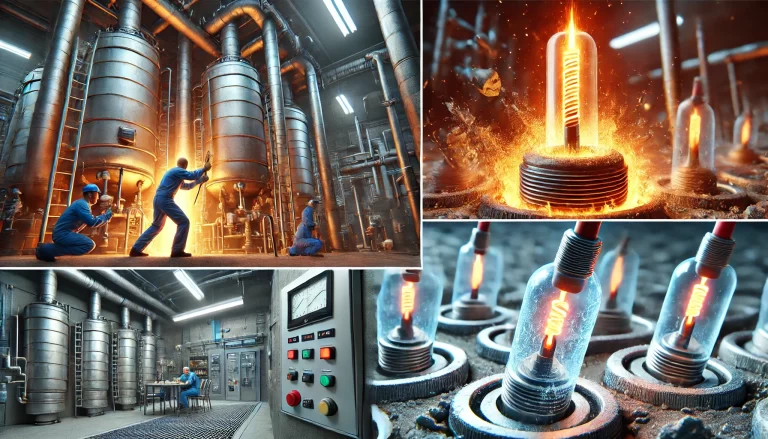
7) Template spec lines you can copy into POs
“RTD/Thermocouple shall be installed with insertion depth = 0.33–0.50 × pipe ID, axis parallel to bulk flow, and no mechanical contact with walls or internals.”
“Provide armored thermowell with [Alumina / SiC / WC-Co] lining for [slurry/dust] service; nose shape: conical/ogive, Ra ≤ 0.8 µm.”
“Set inspection interval = 4 weeks; planned replacement ≤ 6 months for abrasive duties unless condition monitoring proves longer life.”
